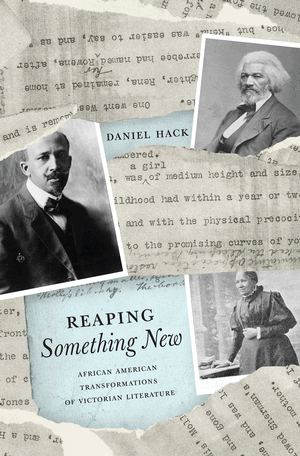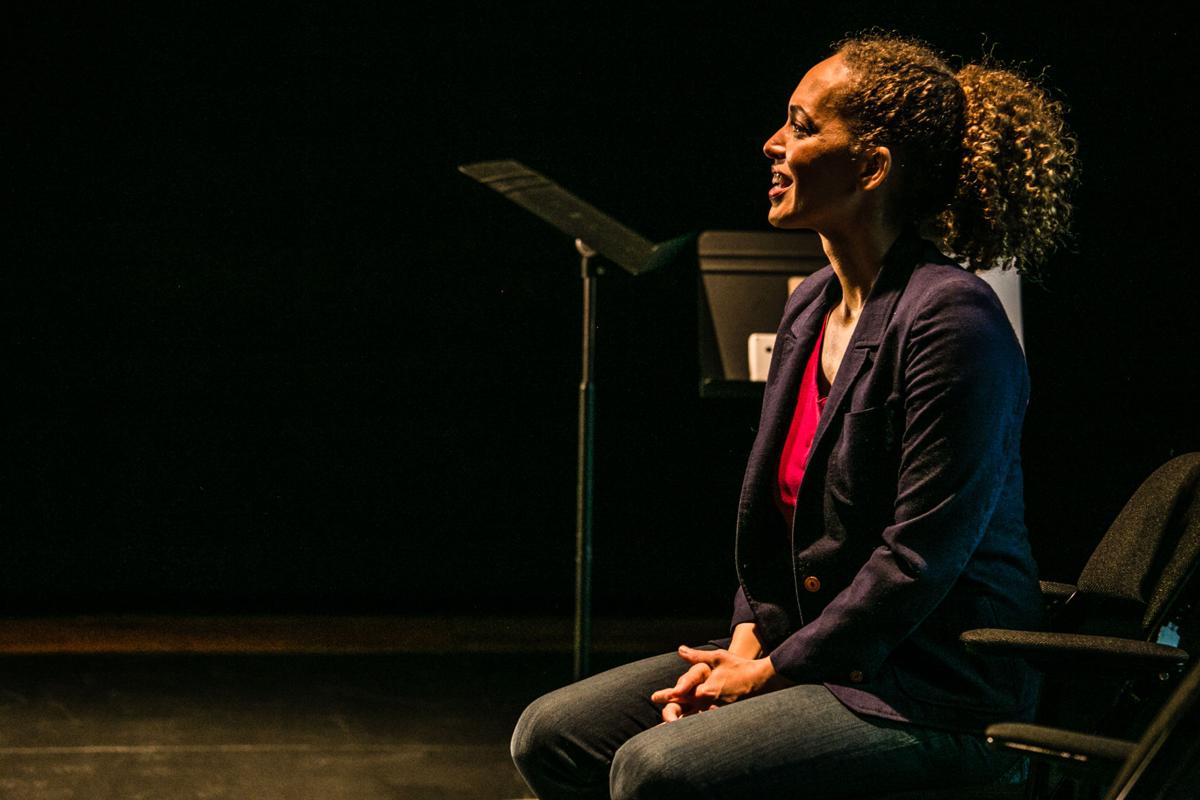How America Bought and Sold Racism, and Why It Still Matters
Collectors Weekly
2015-11-10
Lisa Hix, Associated Editor
Today, very few white Americans openly celebrate the horrors of black enslavement—most refuse to recognize the brutal nature of the institution or actively seek to distance themselves from it. “The modern American sees slavery as a regrettable period when blacks worked without wages,” writes Dr. David Pilgrim, the Vice President for Diversity and Inclusion and a sociology professor at Ferris State University and the author of Understanding Jim Crow: Using Racist Memorabilia to Teach Tolerance and Promote Social Justice, who has spent his life studying the artifacts that have perpetuated racist stereotypes.
The urge to forget this stain on our nation’s history is everywhere. In Texas, McGraw-Hill recently distributed a high-school geography textbook that refers to American slaves as immigrant workers. At Southern plantation museums that romanticize the idea of genteel antebellum culture, the bleak and violent reality of enslaved plantation life is whitewashed and glossed over. Discussions about how slavery led to modern-day racism are often met with white defensiveness. How many times have black people heard this line? “Slavery happened a long time ago. You need to get over it.”
The truth is when President Lincoln signed the Emancipation Proclamation in January 1863, the economic subjugation of African Americans, and the terrorism used to maintain it, did not come to a grinding halt. The Jim Crow racial caste system that emerged 12 years after the Civil War ended in 1865 was just as violent and oppressive as slavery—and it lasted nearly a century. Up through Martin Luther King Jr.’s assassination in 1968, black people across the country, in Northern states as well as Southern ones, were routinely humiliated, menaced, tortured and beaten to death, and blocked from participating in business and public life. Thanks to smartphone and social-media technology, we’re seeing how such violence continues in 2015, 50 years after the height of the Civil Rights Movement…
…Another caricature was inflicted upon mixed-race women: the “tragic mulatto,” which is based on the “one-drop rule” that says any African American blood in your lineage makes you a black person. In this story, the mixed-race woman grows up living as a privileged white person. When her white father dies, her black heritage is revealed, and she’s enslaved and subjected to violence by white men. Rejected by both racial groups, she’s often suicidal and alcoholic, and she in particular loathes her black side.
Reality, of course, tells a different story. In Understanding Jim Crow, Pilgrim says it’s true that in the days of slavery, mixed-race slaves (usually the illegitimate sons and daughters of their owners), sometimes sold for higher prices, and masters saw these women as particularly sexually desirable, claiming their beauty drove them to rape. Enslaved mixed-race women were also frequently sold into prostitution, and freeborn mixed-race women sometimes became the mistresses of white men under the “plaçage system.” Some people with “Negro blood” worked to “pass” as whites, which helped them get better education, pay, and homes. But throughout history, mixed-race people—who had the slur “mongrels” hurled at them by whites—have been well accepted in the black community: Take for example, W.E.B. Du Bois, Booker T. Washington, Mary Church Terrell, Thurgood Marshall, Malcolm X, Louis Farrakhan, Langston Hughes, and Billie Holiday…
Read the entire article here.





